
Image by Sterling Davis
As the art world’s elite flock to Los Angeles for Frieze art fair, Olivia Muniak, founder of catering company La Cura and LA resident, shares her guide on the best places to drink and dine around the city
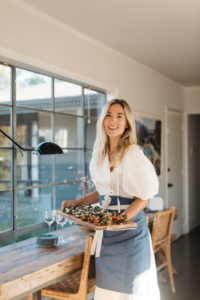
Olivia Muniak
Growing up in the restaurant business, I learned to appreciate the subtleties of what makes a restaurant succeed. I saw my parents transform a casual European cafe into New York’s coolest lunch spot after which they launched two chic Italian fine dining restaurants in the heart of Greenwich Village and having worked myself in pretty much every front of house position, I know how much hard work it takes to deliver an exceptional dining experience. It goes without saying that the food has to be good, but the best restaurants know that it’s also the lighting, the decor, the people that define their identity and keep clients coming back for more.
Follow LUX on Instagram: luxthemagazine
Since moving to Los Angeles in 2017 to set up my business La Cura, I’ve made it my priority to scope out the city’s best places to eat and below are just a few of my favourites. Some newly opened, other’s mainstays in my book.
Bicyclette
The sister restaurant to the famed French cafe République.
Stepping down into the bistro feels like midnight in Paris, it’s a lively, warm space and almost every seat in the house gets a peak into the kitchen. Reservations are a must and make sure you arrive a little early for an aperitif at the bar. The food is classic bistro style, but so thoughtfully prepared. The soft egg, onion tart and bouillabaisse are amongst my favourites. Whether you go for a bottle of wine, or by the glass (my tip: ask for half-pours so you can explore the by-the-glass list), talk to the sommelier for their recommendations.
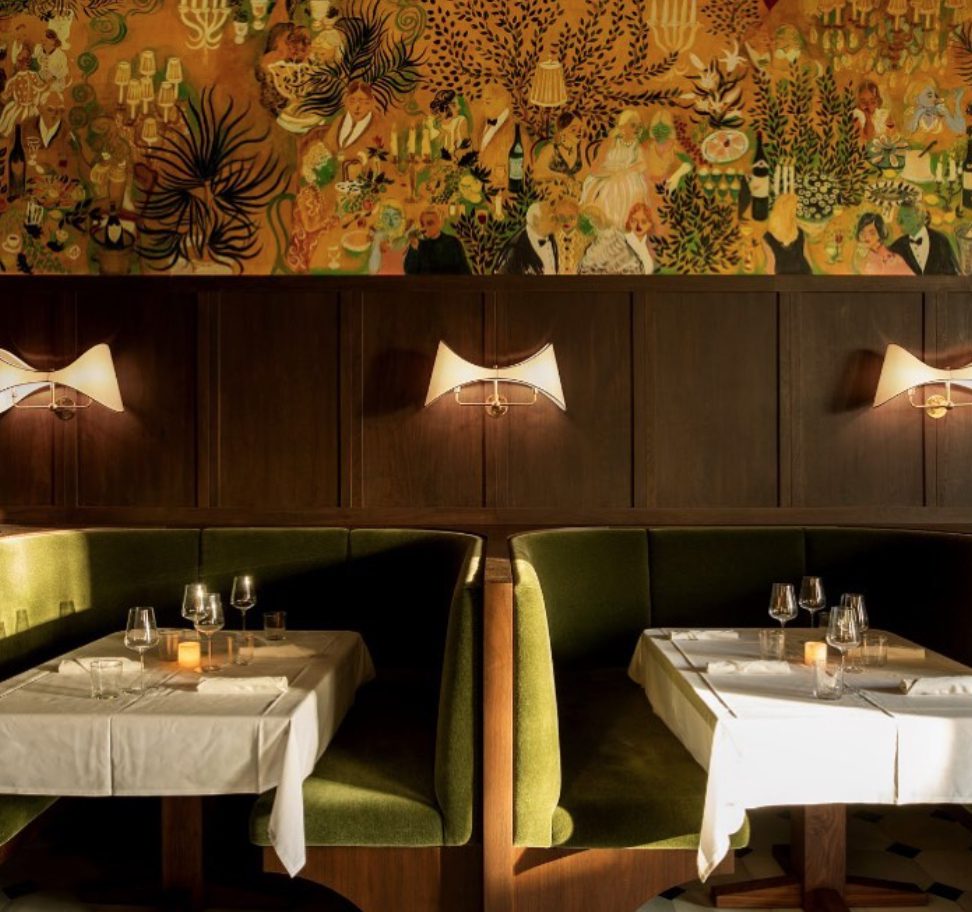
The interiors of Gigi’s Hollwood. Image: @gigis_la
Gigi’s Hollywood
A trendy favourite for a late night dinner that begins and ends with cocktails.
The emerald green and gold interior, and white tablecloths feel fresh and luxe in contrast to the sporty-clad staff – it’s a vibe and we’re all into it. The quintessential California-french menu has many hits including the baguette with butter and caviar, but the most unexpected dish, at least for LA, is the Schnitzel and it’s delicious. Be sure to make a reservation.
Read more: Michael Xufu Huang on Supporting Emerging Chinese Artists
Cafe Stella
A tiny garden restaurant tucked away behind an even better bar.
Go for dinner, plan to stay late for drinks, and possibly, a spot of dancing. The interior is a bit worn and rustic, but that’s what makes it cool. The menu is also French bistro style and has all the favourites: Moules frites, Steak frites, Poulet Roti and Sole meunière.
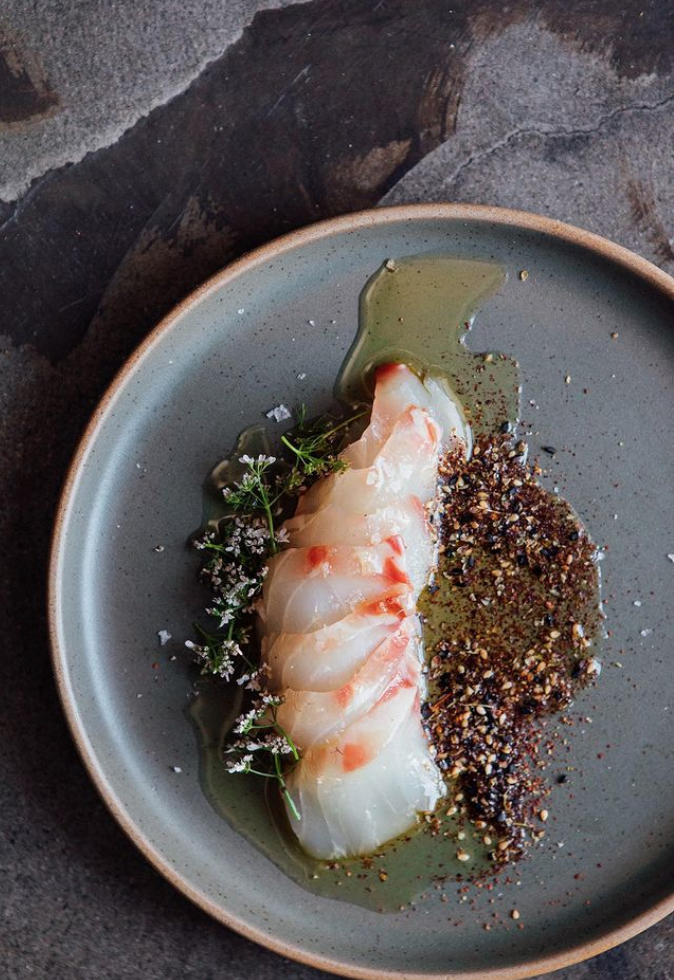
Image: @crudo_e_nudo
Crudo e Nudo
A very casual “fish market” with sidewalk seating, natural wines and the best crudo you will ever taste – trust me!
Crudo e Nudo takes sustainable seafood sourcing to a new level. The chef knows every fisherman that brings in the day’s catch, and how that fish was caught. You can see the Japanese influence on a very Californian menu in the seasoning of the dishes but also in the discipline in the way the food is prepared. It’s worth striking up a conversation with the chef who’s friendly face you’ll see at the counter. The menu rotates but you can always find these dishes: Vegan caesar with Furikake and Tuna Toast.
Read more: Koons, Kitsch & the Evolving Art Market
Grá Pizzeria
A funky local spot in the Echo Park area.
The interior is pared down with exposed brick and an open garden patio. A few things worth mentioning about the pizza: the dough is made with a long-fermentation sourdough recipe that the owner brought over from the UK, and cooks in a wood-burning stove so it’s crispy on the outside and chewy on the inside. More importantly, it holds it shape when folded (a true sign of a quality pizza). The Margherita is my favourite but the seasonal pies are always worth a taste. The plate of prosciutto and green lovage salad should also be on your order.
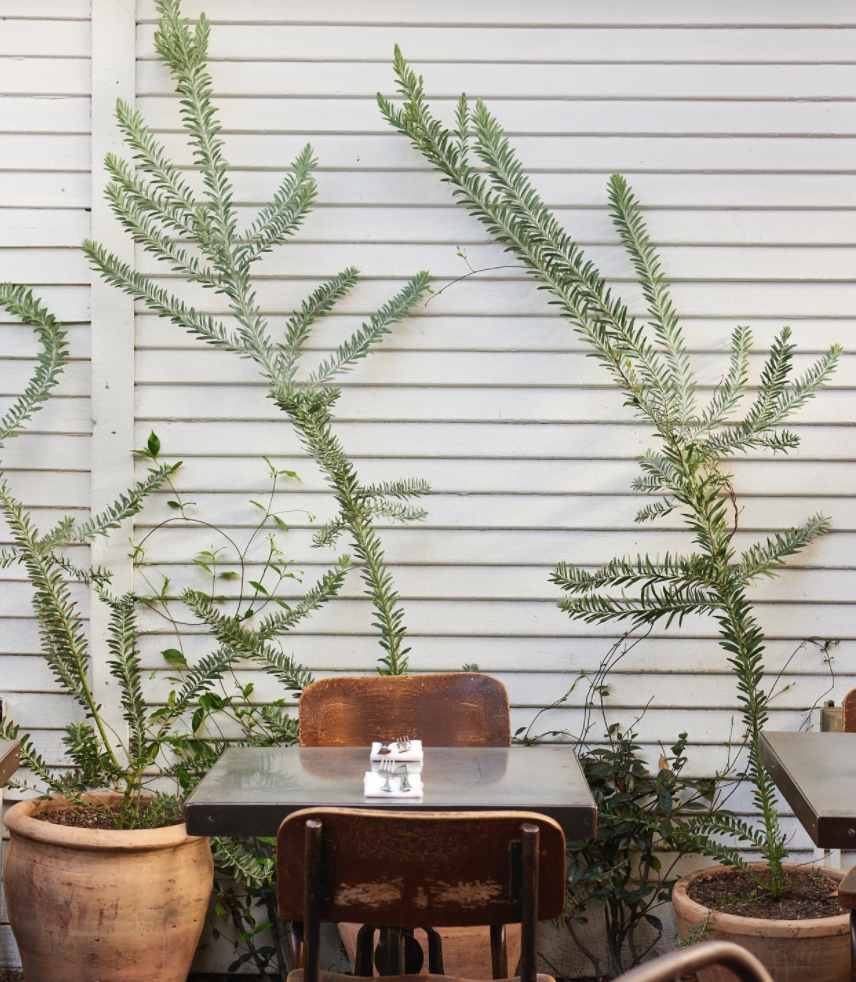
The patio at Gjelina. Image: @gjelinarestaurant
Gjelina
A well-known spot but deserving of the hype.
The menu is a journey through California produce, with some of the most creative, seasonal vegetables, pizzas and pastas. As soon as a vegetable is not at it’s peak, it’s off the menu. Gjelina is equally great for brunch, lunch or a relaxed, yet elegant dinner. If you can’t get a reservation, try their sister restaurant Gjusta, which doubles up as a deli.


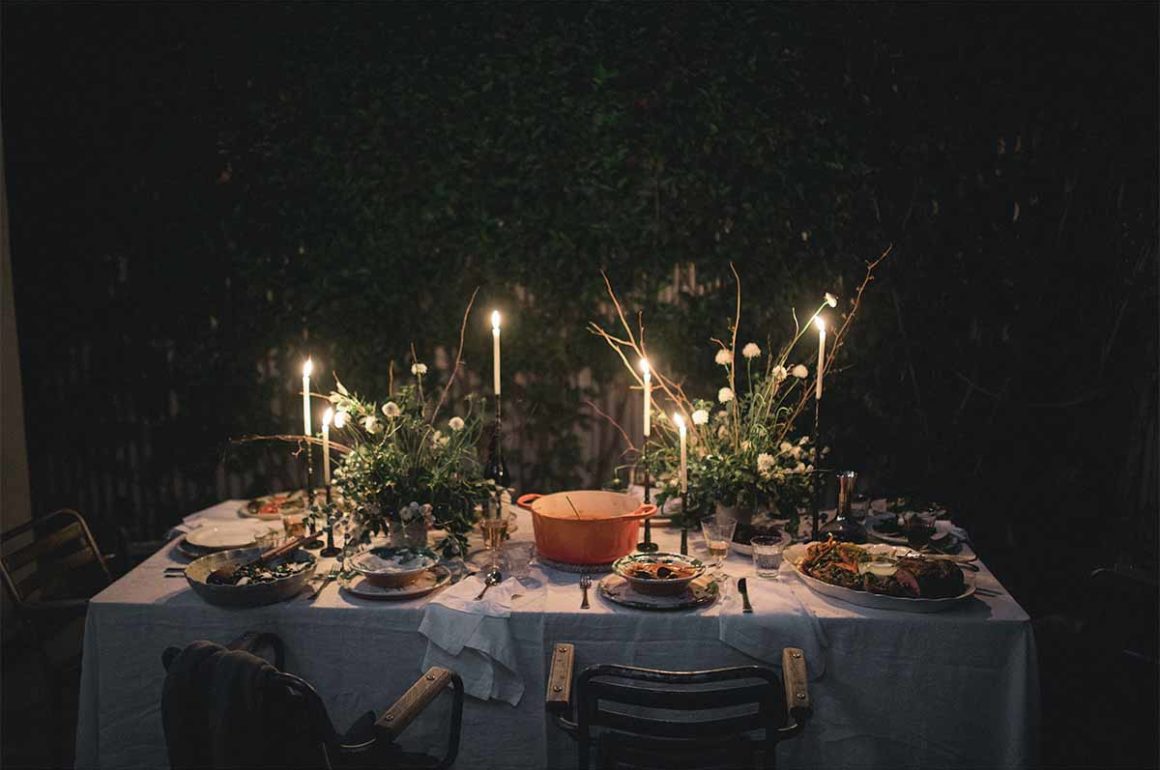
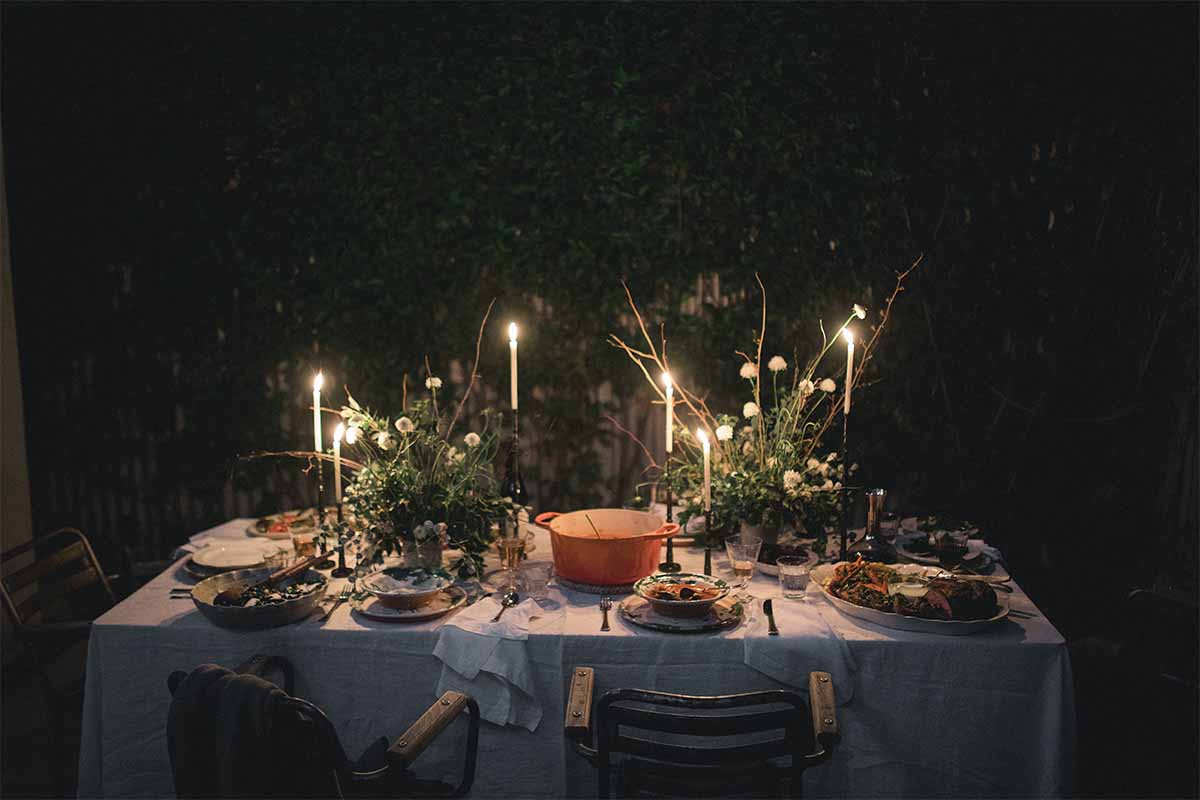
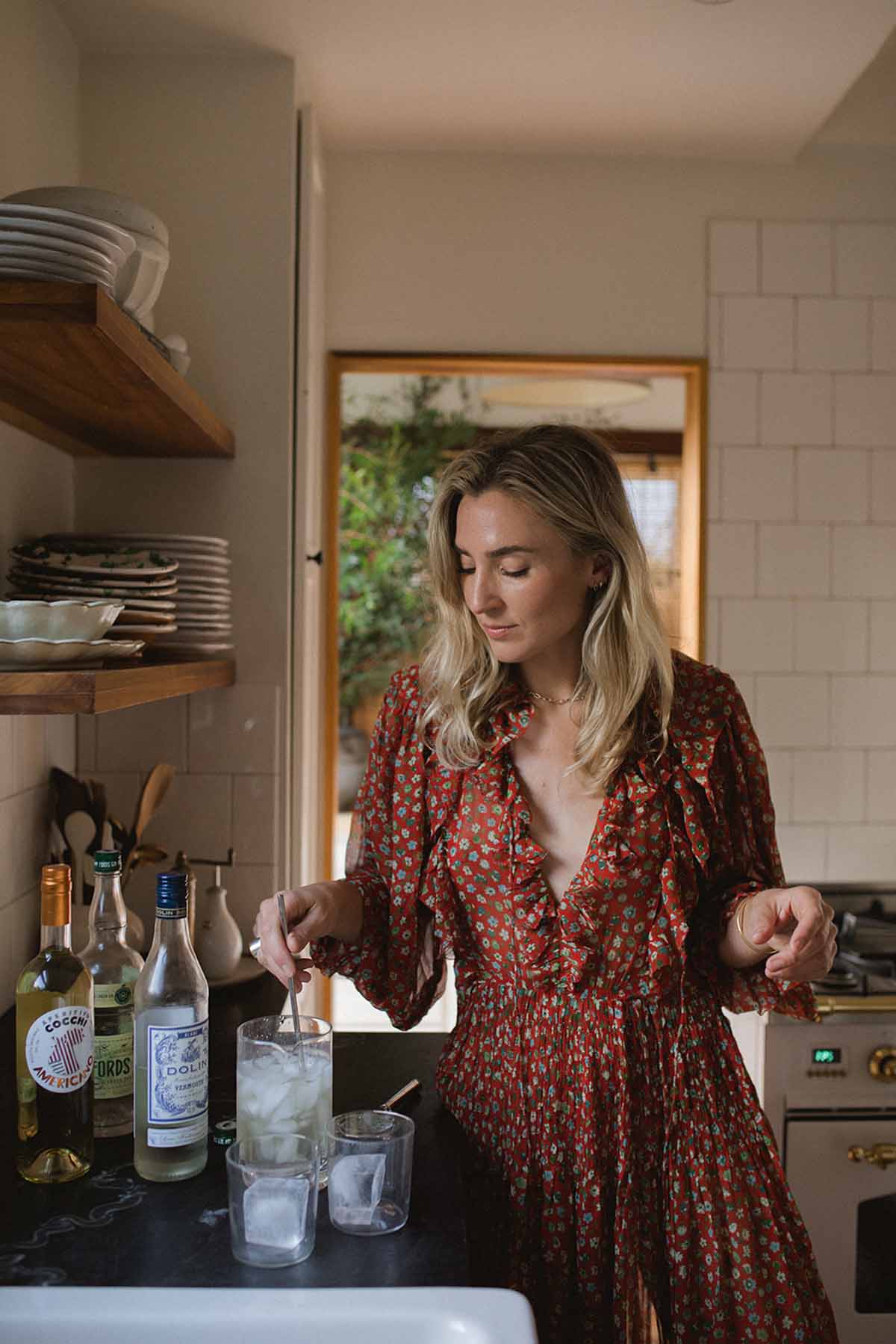
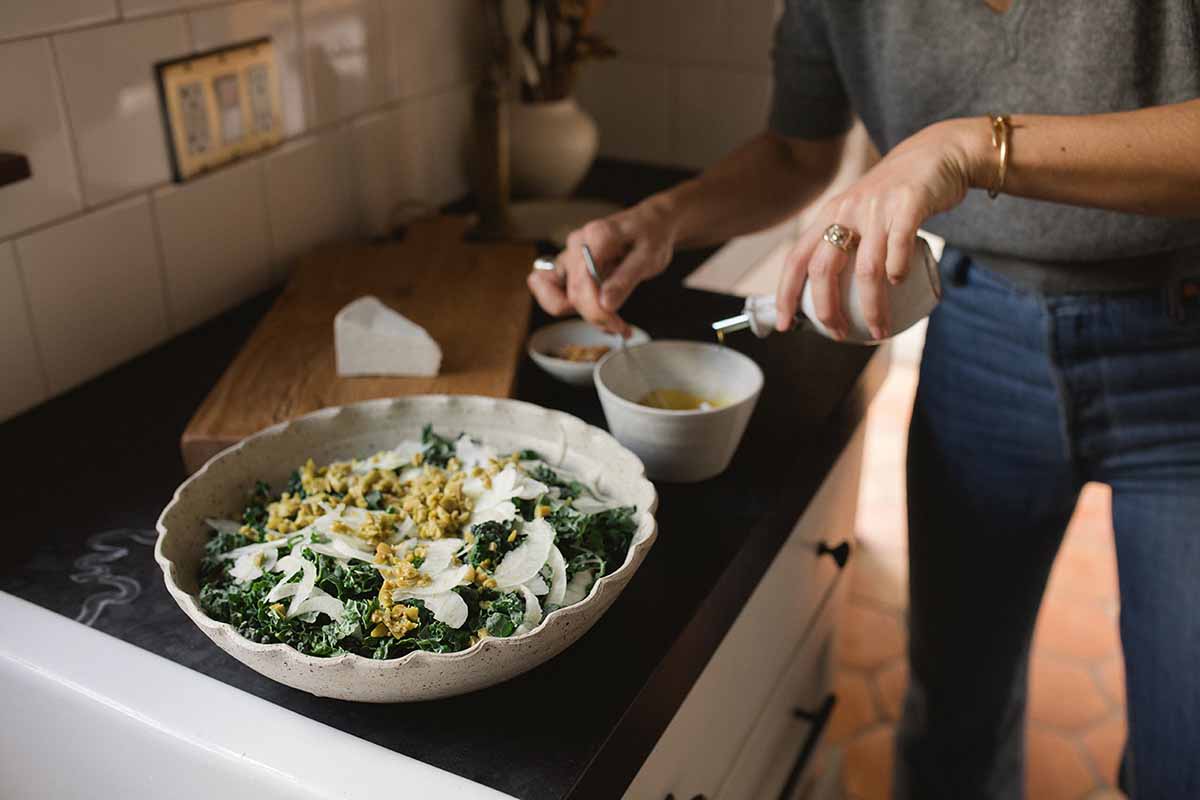
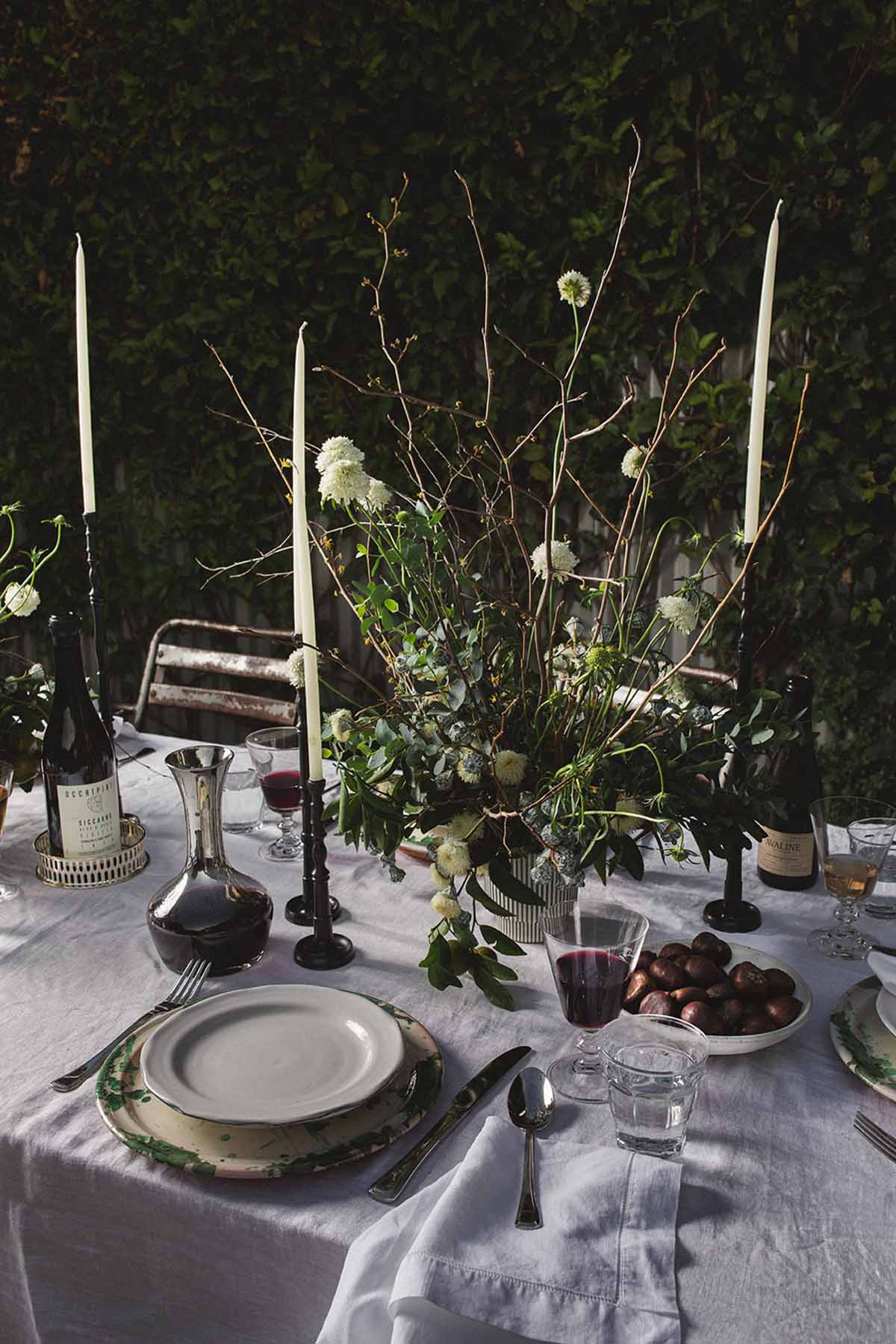
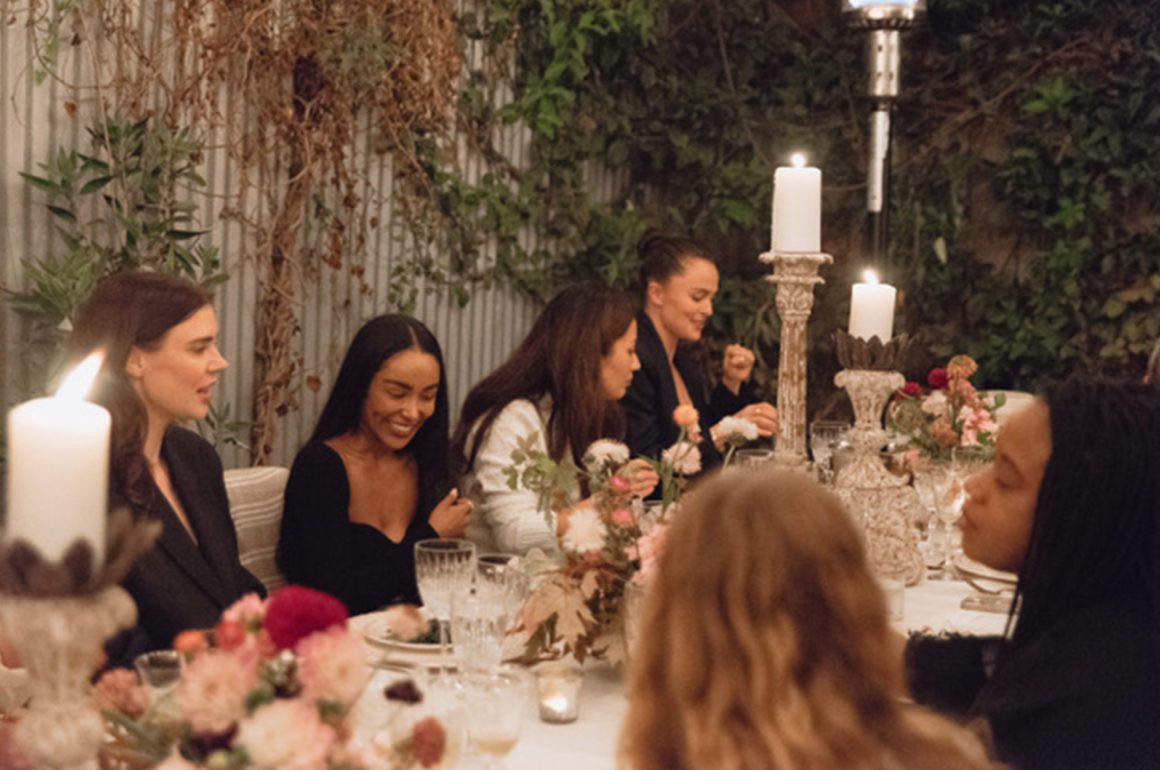
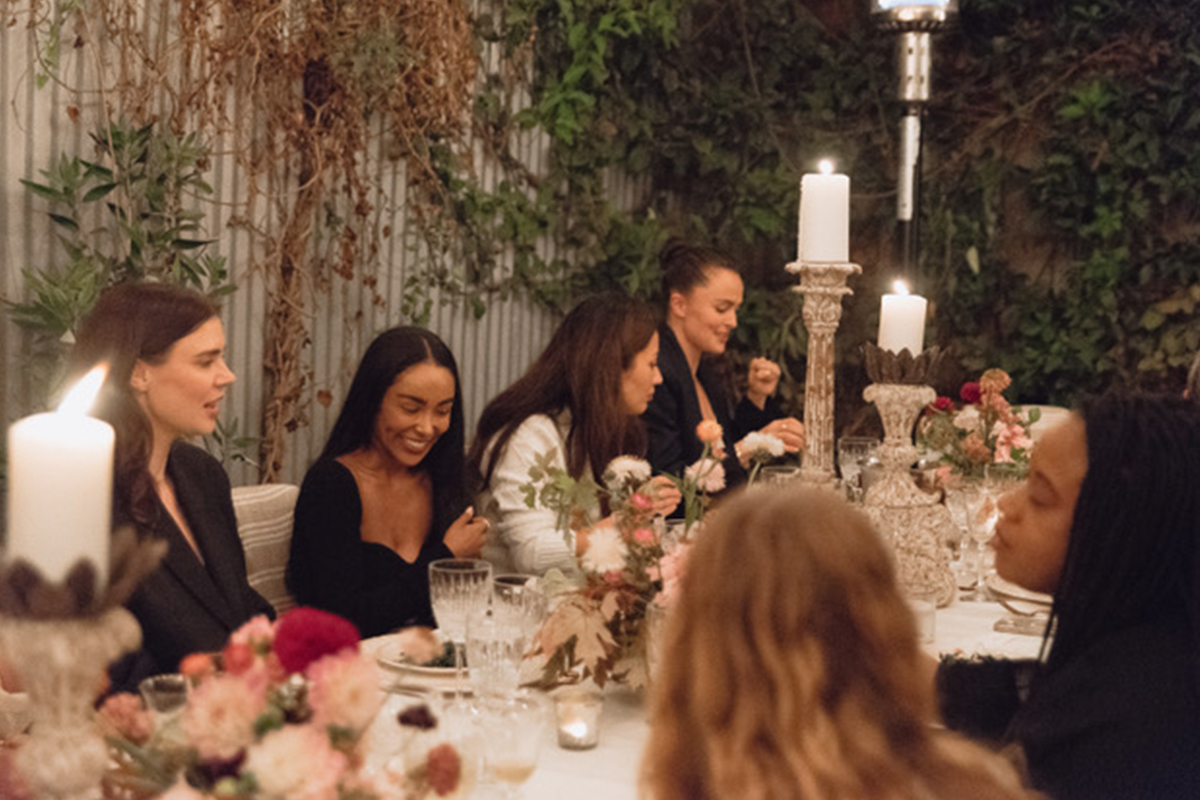
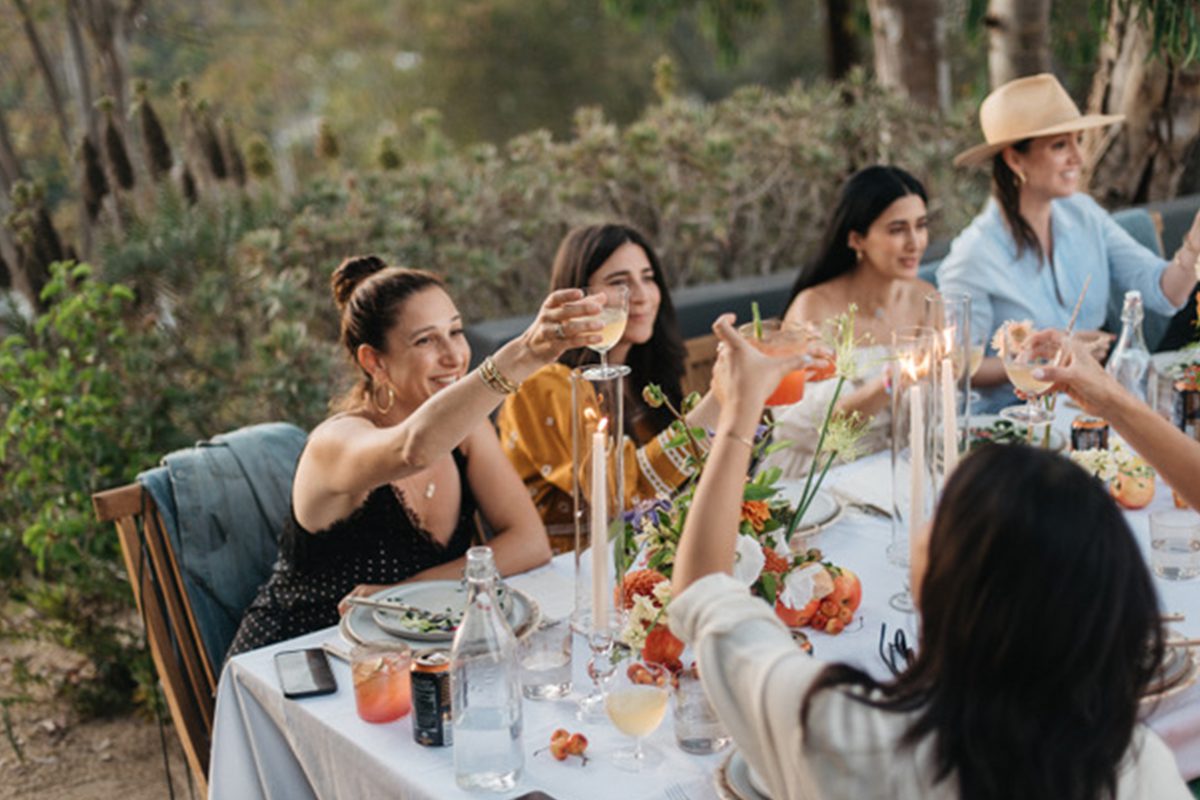





Recent Comments